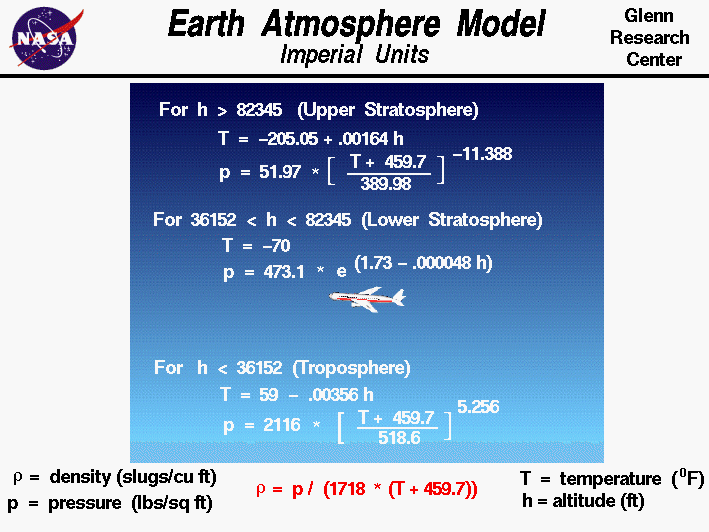BronYrAur
Mechanical
- Nov 2, 2005
- 798
I am trying to pull water out of an open tank, heat it and put it back into the tank. I'm pulling off near the bottom of the tank, going through basket strainers, then into a pump, out of the pump, through a heat exchanger, and finally back to the tank.
My question is with the amount of NPSHa I have. My water level in the tank is only about 2 feet. I thought that meant that my NPSHa was only 2 feet (actually less due to drop across the strainer).
My pump vendor is saying that I have the 2 feet, plus atmospheric pressure contributing to my NPSHA, so it's actually more like 36 feet. I disagree, especially since we are returning the water back to atmosphere. Don't those pressures cancel each other out?
My question is with the amount of NPSHa I have. My water level in the tank is only about 2 feet. I thought that meant that my NPSHa was only 2 feet (actually less due to drop across the strainer).
My pump vendor is saying that I have the 2 feet, plus atmospheric pressure contributing to my NPSHA, so it's actually more like 36 feet. I disagree, especially since we are returning the water back to atmosphere. Don't those pressures cancel each other out?


![[worm] [worm] [worm]](/data/assets/smilies/worm.gif) -born in the trenches.
-born in the trenches.